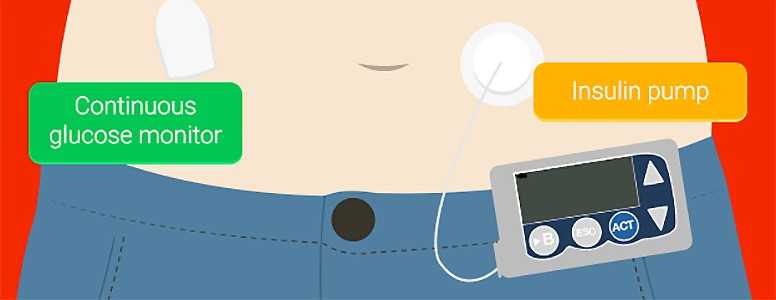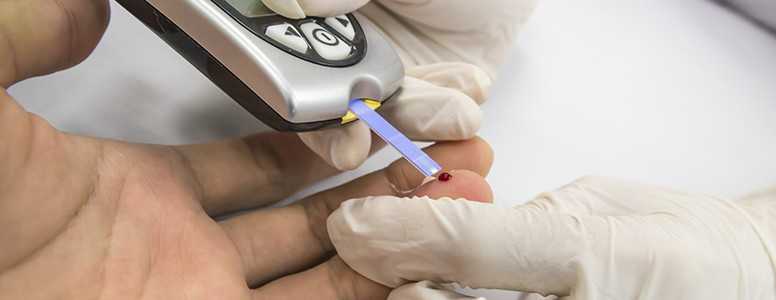A closed-loop artificial pancreas system is safe and effective for extended home use in adults with type 1 diabetes, according to new research.
The study, conducted by researchers at the Academic Medical Centre at the University of Amsterdam, found that participants who used a closed-loop artificial pancreas system at home for eight weeks maintained better overnight blood glucose control than participants who only used insulin pump therapy.
“This study is the first in which glucose control was investigated over a prolonged period and not just overnight, and included the difficult post-dinner period,” said Jort Kropff, MD, lead author of the study.
“Although mean glucose concentration during the event was not different between the closed-loop and [pump therapy] period, the use of closed-loop control significantly reduced the time spent below the target range in this period.”
The researchers analysed data from 32 adults with type 1 diabetes who were using insulin pump therapy between April and December 2014. None of the patients had severe hypoglycemia or diabetic ketoacidosis in the past year; three had used continuous glucose monitoring (CGM) before the study began.
Over a period of eight weeks, the participants were given a closed-loop artificial pancreas system (comprised of a Dexcom G4 Platinum CGM and Accu-Chek Spirit Combo insulin pump connected to a smartphone with a control algorithm). The participants used the system from dinner until they woke up, and used pump therapy in the day.
The participants had better glucose control using the artificial pancreas system than just the pump therapy. They spent less time with both hyperglycemia and hypoglycemia while using the artificial pancreas system.
The study strongly suggests that the artificial pancreas system is suitable for extended use at home. However, it was quite a small study, and only lasted eight weeks. More long-term, wider studies are
needed to confirm the findings.
Larent Legault, endocrinologist at Montreal Children’s Hospital, wrote in an accompanying commentary: “It remains to be seen if the use of this technology leads to substantial improvements in HbA1c concentrations over three months or more. Studies to answer this question are presently underway.”
The findings are published in The Lancet Diabetes and Endocrinology.
What's new on the forum? ⭐️
Get our free newsletters
Stay up to date with the latest news, research and breakthroughs.




